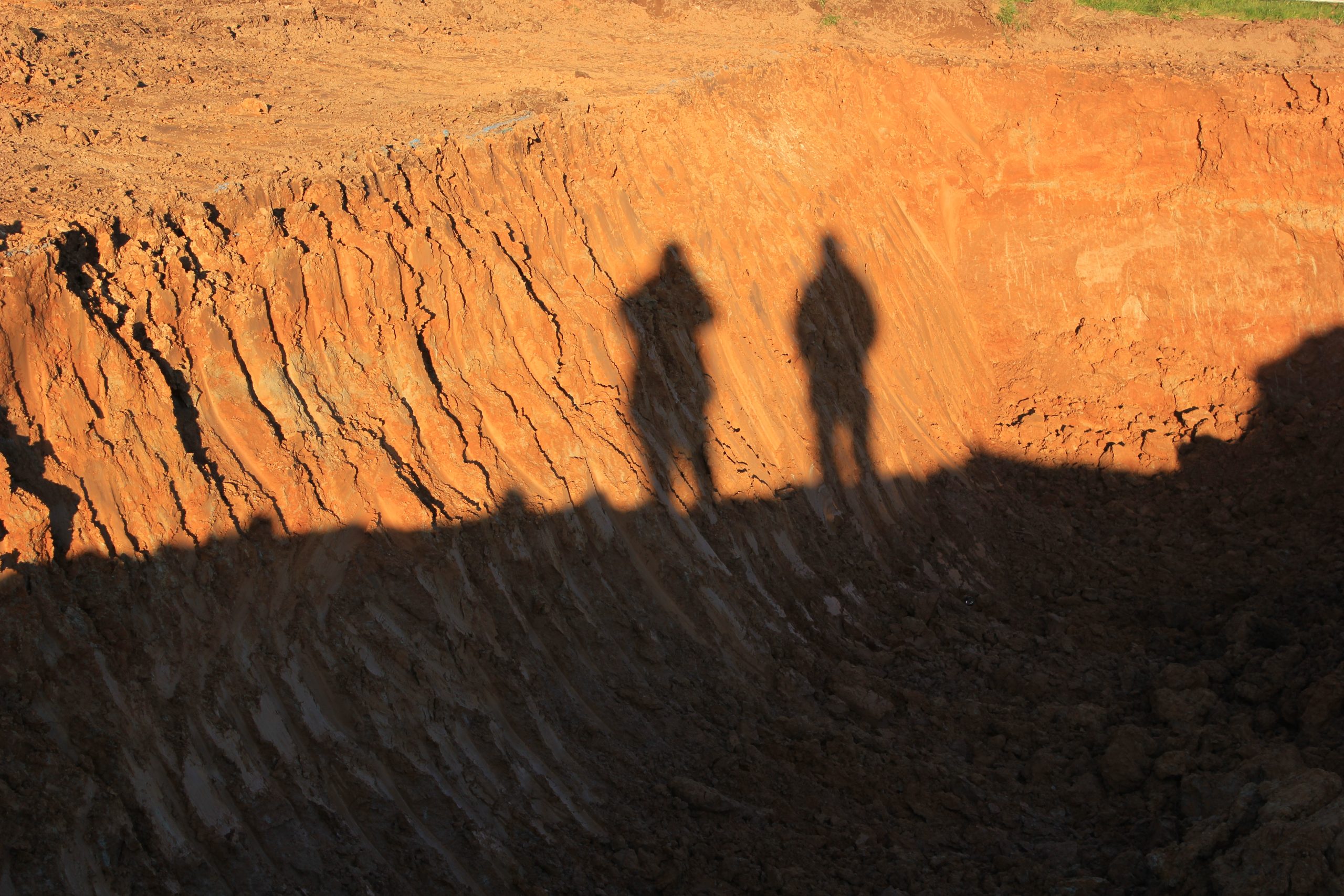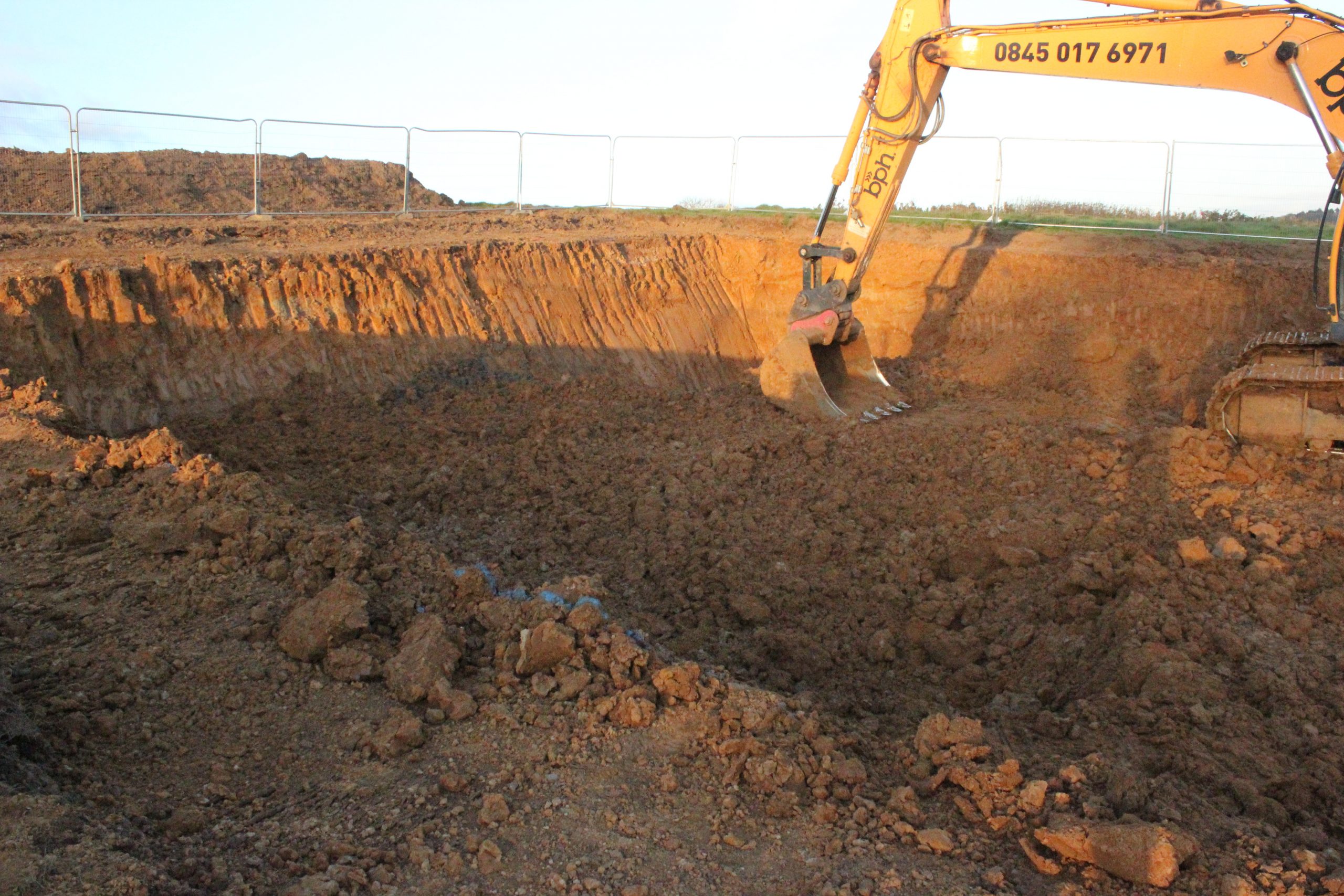
Cell burial in Southampton
case study: Cell burial of knotweed and removal of asbestos revealed in the survey
In this case study, we look at why cell burial was the best option for eradication of Japanese knotweed.

KEY CASE STUDY HIGHLIGHTS
 the brief
the brief
In May 2018 Japanese Knotweed Ltd (JKL) were contacted to discuss plans to develop a large plot affected by Japanese knotweed in Southampton, Hampshire. The site possessed large areas of Japanese knotweed, which JKL had been chemically treating since 2015 under a knotweed management plan for the previous landowner.
 The challenges
The challenges
There were several challenges to this site (full details in the download) that included:
- Previously the site had been used as a landfill
- The estimated volume of knotweed soils to be buried (3,000m3) and the specification of burial. The total area of ground required to be opened was 2,700m2.
- Poor drainage and inclement weather during our time on the contract
- Discovering asbestos in the soil
 our solution
our solution
We chose cell burial to eradicate the knotweed on this site. The soils were installed into the pit in shallow layers with a sheep’s-foot compaction roller used to compact each layer before another was added. Before capping the cell, all plant was decontaminated, with arising from the cleaning added to the cell. A final root barrier capping sheet was added covering the knotweed soils and welded to the flanking sheets to form a complete encapsulation cell. A final root barrier capping sheet was added covering the knotweed soils and welded to the flanking sheets to form a complete encapsulation cell.
 the outcome
the outcome
JKL successfully completed the works to the client’s timetable. 4,500 tonnes of knotweed were buried, with an additional 8,500 tonnes of clean soils excavated for the burial pit. Total soil movements to complete the operation totalled 19,400 tonnes. Works took 26 days from the 10th October to the 11th November 2018 excluding the asbestos removal and disposal of affected soils at landfill.

